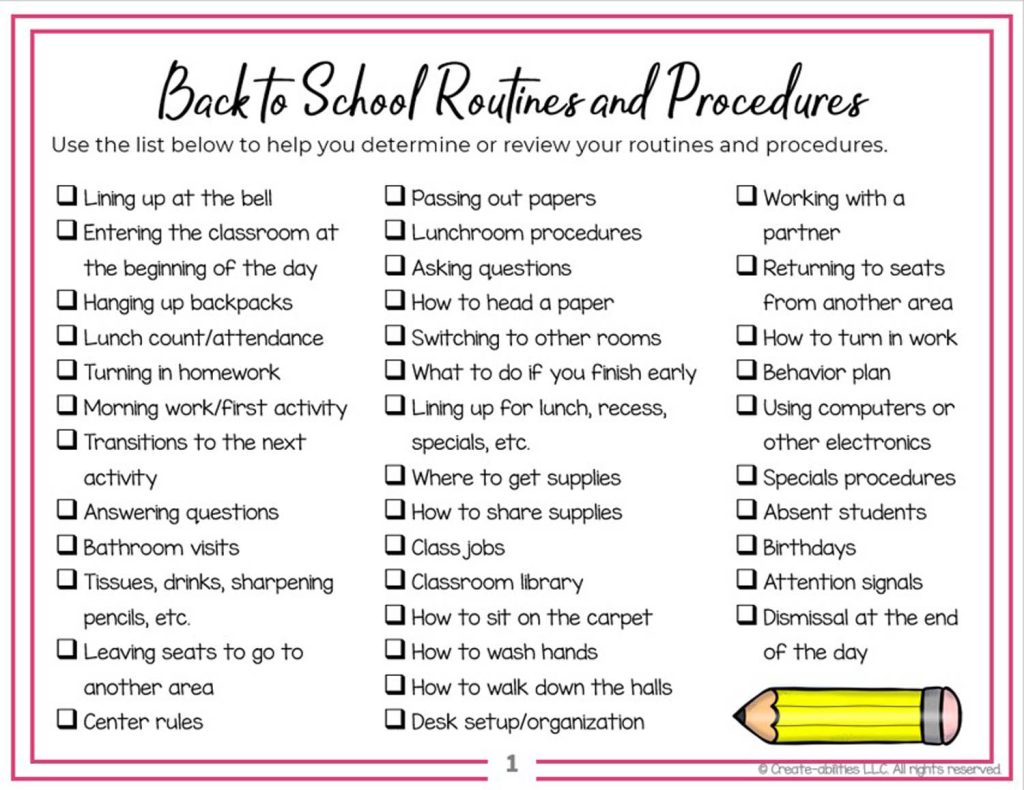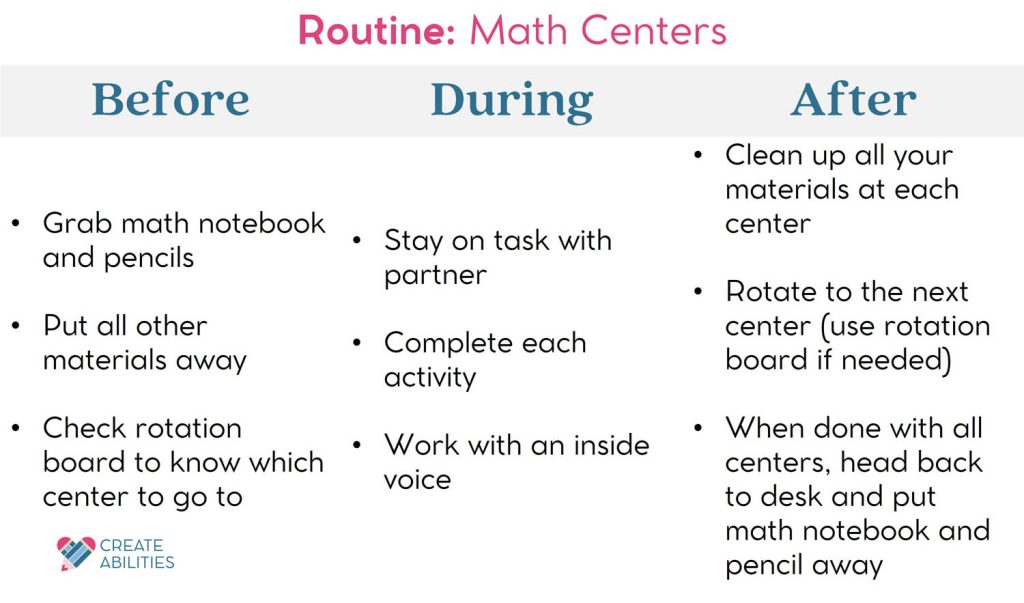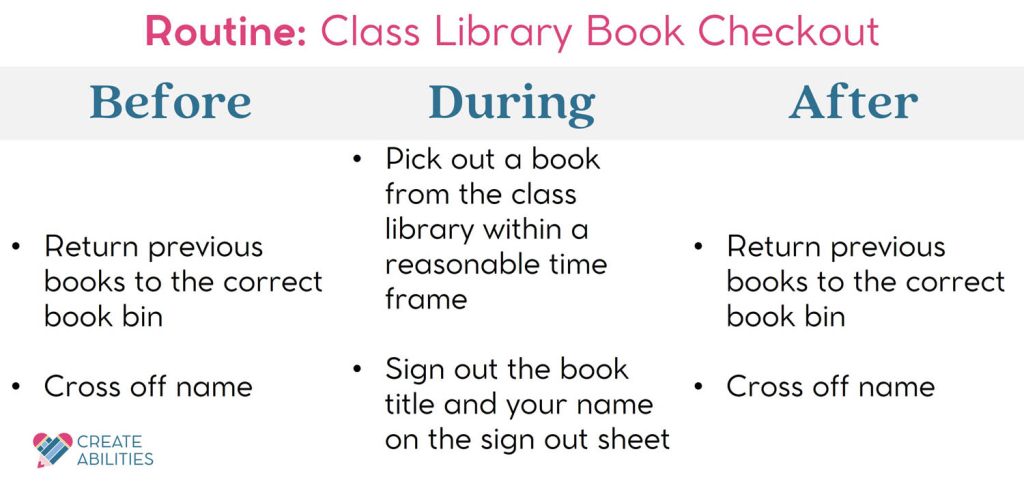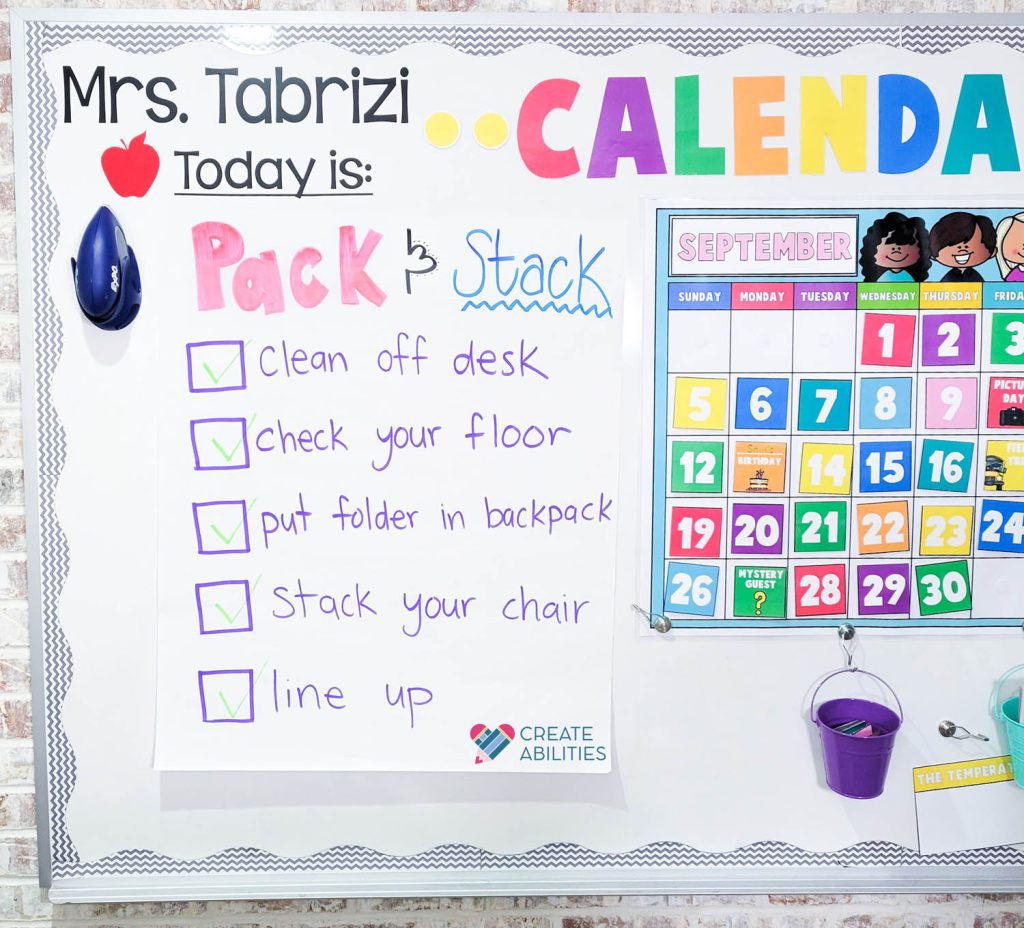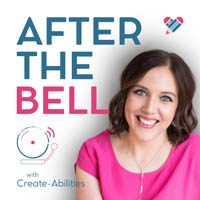
Systems for Success Part 2: Routines and Procedures
“Routines and procedures are by far the most important part of your classroom. Effective routines and procedures will help you have better learning outcomes for your students, cut down on wasted time and confusion, and create a system of calm predictability where everyone succeeds.”
Welcome to the second system you need to create to set yourself up for a successful school year!
(Missed part one? Check it out here. )
The second system you need to create is around routines and procedures. Routines and procedures are by far the most essential part of your classroom. Effective routines and procedures will help you have better learning outcomes for your students, reduce wasted time and confusion, and create a system of calm predictability where everyone succeeds.
If you are looking to save precious time, create clear and predictable routines and procedures you can be consistent with, and use editable, print-and-go resources, you want to check out the complete routines and procedures bundle!
Inside, you’ll find 14 editable products that you can truly customize to your classroom. Click here to grab your copy!
1. Define
When defining your system of routines and procedures, you want to think through your day. There are many moving pieces inside your room, and listing out all the activities and events you’ll do regularly will help you create well-thought-out routines and procedures.
You want to think about how every space is used in your classroom throughout the day. Remember, your classroom is a series of interconnected microenvironments that all work together as a cohesive unit.
Consider the following questions:
- What activities will take place inside your room?
- How will you be grouping your students?
- Where are you storing student supplies? Teacher supplies?
- Where do students turn in their work?
- How will we transition from one activity to another?
- How will we transition from one classroom to another?
Answering these questions will help you find something that makes sense for you in a way you can be consistent with. Our students love consistency and predictability, and we want to create thorough routines that can be counted on throughout the year. Look at all the areas on the page below. Defining a routine or procedure for each area can help ensure you have every aspect of your room covered. You can download this list here for free.
After you have gone through the list above, the next step is to look at each routine, procedure, or activity and think about what routines and procedures need to be done before, during, and after each one. You want to visualize what an effective version of each one looks like.
Each routine and procedure is actually made up of micro routines, smaller steps within the larger action. If our students don’t understand the micro routines that make up each macro routine or procedure, they will struggle to complete each action how it is meant to be completed.
(Side note: if you see your students struggling with some of your routines and procedures, look over the micro routines for that routine or procedure. There could be some confusion or redundancy that is making it complicated or confusing for students.)
Let me show you some examples of what I mean. We’ll start with a whole-class routine and procedure.
You can see that something as simple as going to another classroom is comprised of multiple micro routines and procedures. If our students don’t understand each part, there will likely be confusion, talking, and wasted time. This can lead to frustration on all sides. Before giving a consequence to your students, make sure to ask yourself if they genuinely have an understanding of each part of your routine.
Let me show you two more examples. One for a small group routine and one for an individual routine.
Again, look at how each one of these is made up of multiple routines and procedures. Take time to go through each routine and procedure you set up in your classroom to effectively teach them to your students.
2. Simplify
After you have decided how you want to create your system, it’s time to simplify. Think through the following questions:
- Is there a way I can cut out the number of steps it takes to do something?
- Do I have the expert blind spot? Am I assuming my students know something they actually don’t?
- Can I cut out any steps or micro routines to make it simpler?
The system that you can stick with the most consistently is the one that is in its simplest form.
Another way to simplify is to put your routines and procedures into kid-friendly language. One idea I love is the Pack and Stack anchor chart. It is short and clear, and it rhymes.
You can also use:
- games
- songs
- chants
- music
3. Observe and Adapt
Finally, it’s time to observe and adapt your system in action. This is when you’ll look for gaps or problem areas that you can tweak to improve. Remember, you want to make a system that works for YOU.
Any system you create is not set in stone. It is fluid and dynamic, which allows you the freedom you need to make it the best it can be.
If you want to grab a FREE copy of the routines and procedures checklist, click here or on any of the pictures in the post.
If you want to save precious time, create clear and predictable routines and procedures you can be consistent with, and use editable, print-and-go resources, you want to check out the complete routines and procedures bundle!
Inside, you’ll find 14 editable products that you can truly customize to your classroom. Click here to grab your copy!
Ready for the third system? Check out Systems for Success Part 3: Managing Student Work here.
Blog Categories
Meet the author



